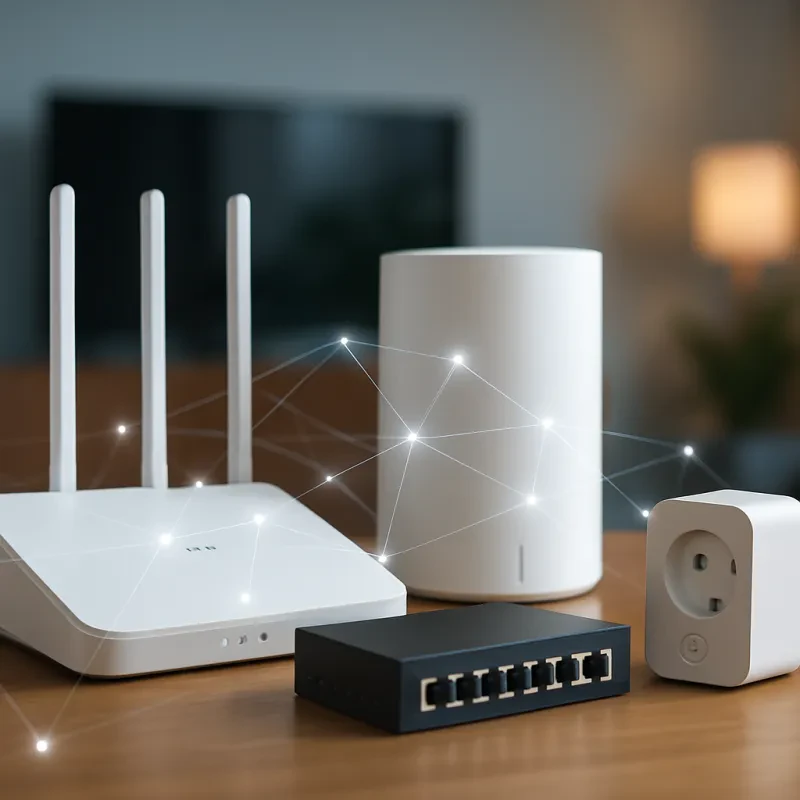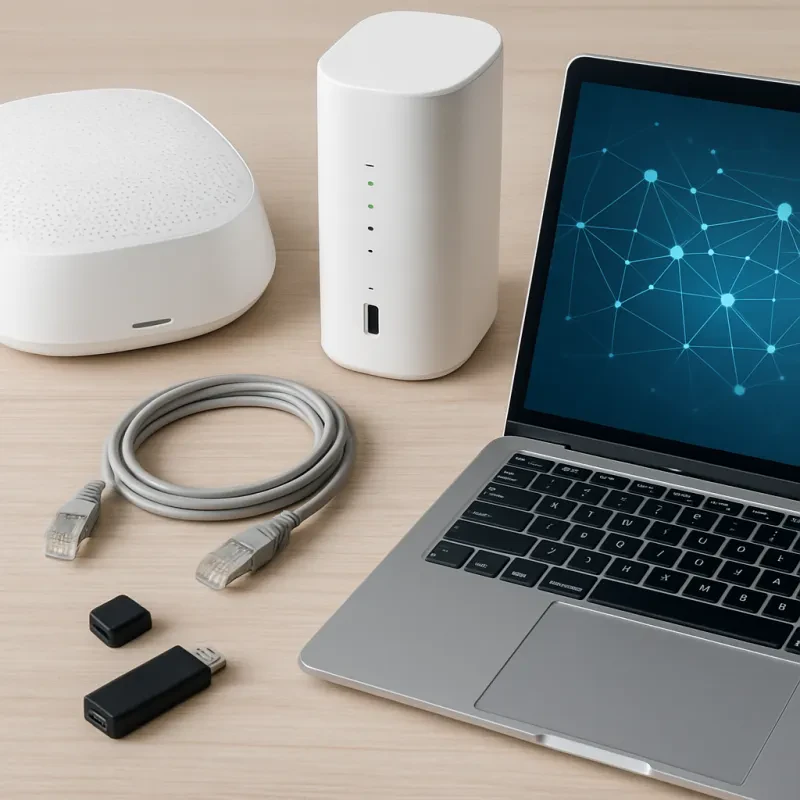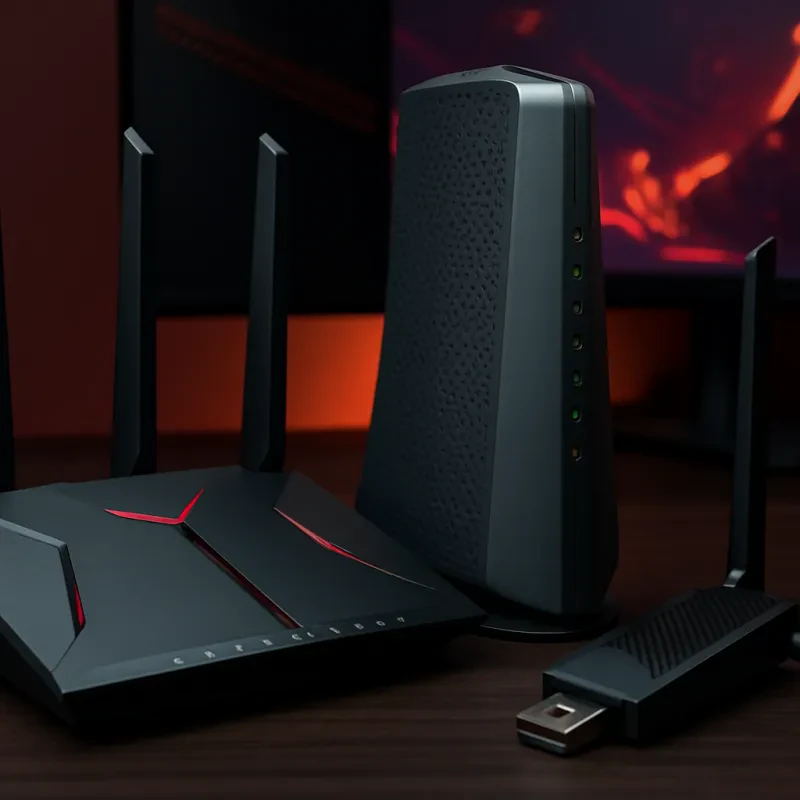In today’s digital age, the Internet of Things (IoT) has emerged as a disruptive force, revolutionizing the way we interact with technology. IoT devices are becoming increasingly popular, providing users with innovative solutions to everyday tasks. From smart thermostats to wearable fitness trackers, these devices are changing the way we live, work, and play.
At its core, IoT refers to the network of physical devices that are embedded with sensors, software, and connectivity, allowing them to collect and exchange data. These devices can range from household appliances to industrial machinery, all interconnected and communicating with each other. This interconnected network enables seamless automation and control, leading to improved efficiency and convenience for users.
One of the key benefits of IoT devices is their ability to gather and analyze data in real time. This data can provide valuable insights into consumer behavior, allowing businesses to tailor their products and services to meet the specific needs of their customers. Additionally, IoT devices can help optimize processes and reduce costs by automating routine tasks and streamlining operations.
As IoT devices continue to disrupt traditional networks, it is essential for businesses and consumers to stay informed about the latest trends and developments in this rapidly growing industry. With the potential to revolutionize everything from healthcare to transportation, IoT devices are reshaping the way we interact with technology and transforming the world around us.
Impact on Traditional Network Infrastructure
With the increasing adoption of IoT devices, traditional network infrastructure is facing significant disruption. These devices, ranging from smart thermostats to wearable fitness trackers, are connecting to the internet at an unprecedented rate, causing strain on existing network systems. The sheer volume of data being generated by these devices is overwhelming traditional networks, leading to slow connection speeds and potential security vulnerabilities.
One of the biggest impacts of IoT devices on traditional networks is the need for increased bandwidth. These devices are constantly transmitting data to and from the internet, putting a strain on network bandwidth. This can result in slower connection speeds for all devices connected to the network, affecting productivity and user experience. Network administrators must therefore invest in upgrading their infrastructure to support the growing number of IoT devices.
Another challenge posed by IoT devices is security. Traditional network infrastructure may not have been designed to handle the sheer number of connected devices now present in many environments. This can create vulnerabilities that hackers can exploit to gain access to sensitive data or even take control of connected devices. Network security must therefore be a top priority for organizations looking to integrate IoT devices into their existing infrastructure.
Challenges of Integrating IoT Devices
Another challenge is interoperability. IoT devices come from different manufacturers and use various communication protocols, making it difficult for them to work together seamlessly. This can result in compatibility issues, data discrepancies, and overall inefficiencies. To address this challenge, it is essential for companies to establish industry standards and protocols for IoT devices to ensure interoperability.
Scalability is also a significant challenge when integrating IoT devices into traditional networks. As the number of connected devices grows, traditional networks may struggle to handle the increased traffic and data volume. Companies must invest in infrastructure upgrades and technologies like edge computing to support the scalability demands of IoT devices. Failure to do so can result in network congestion, latency issues, and poor performance overall.
Future Trends in IoT Development
The future of IoT development looks promising as more and more devices are being connected to the internet every day. One major trend that we are seeing is the increasing use of Artificial Intelligence (AI) in IoT devices. AI has the power to analyze massive amounts of data in real time, allowing IoT devices to make more informed decisions and adapt to changing conditions.
Another trend in IoT development is the rise of edge computing. Edge computing involves processing data closer to where it is generated, rather than sending it all the way to the cloud. This allows for faster response times and reduced latency, making IoT devices more efficient and responsive.
Security is also a major focus in IoT development, as the more devices that are connected to the internet, the more potential entry points there are for hackers. Developers are constantly working to improve security measures in IoT devices to protect users' data and privacy.
Overall, the future of IoT development is exciting, with AI, edge computing, and improved security measures shaping the way we interact with connected devices. As more industries and businesses adopt IoT technologies, we can expect to see even more innovations and advancements in the coming years.


